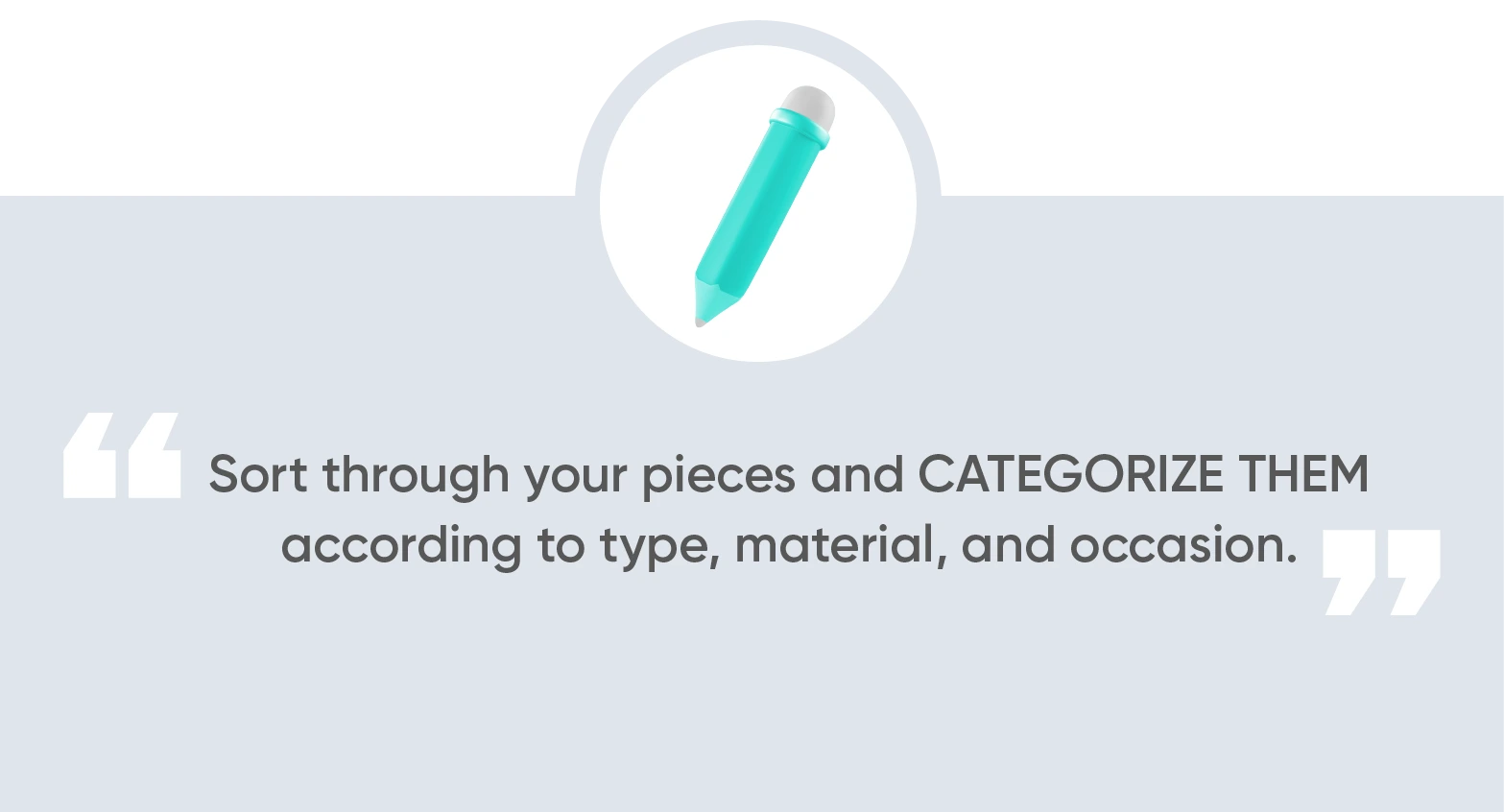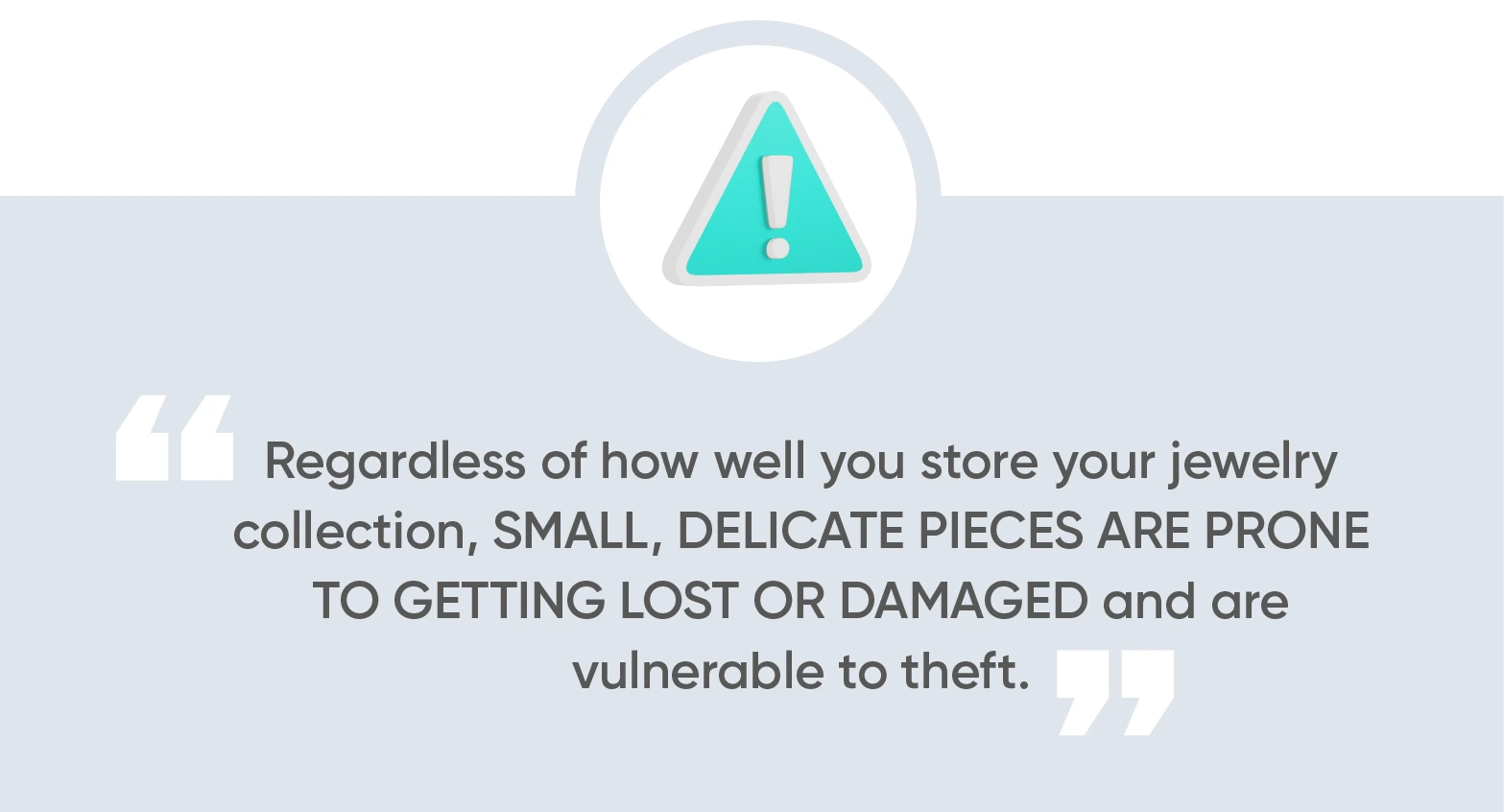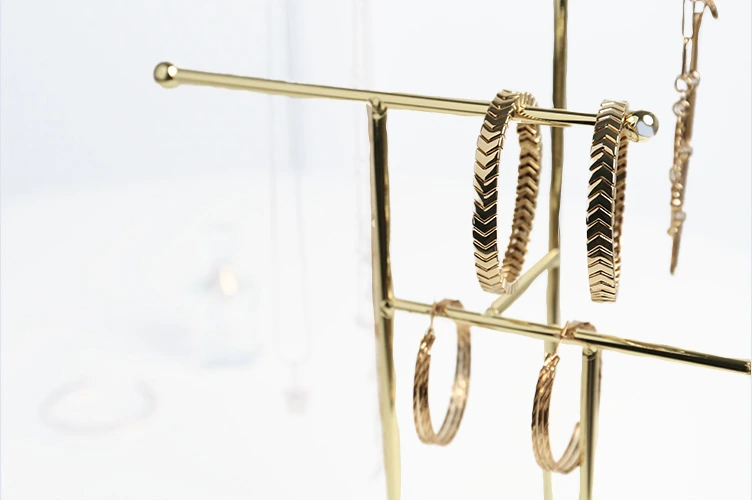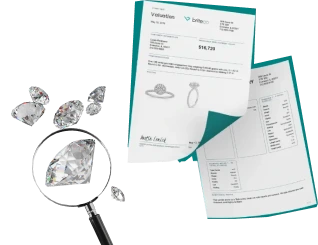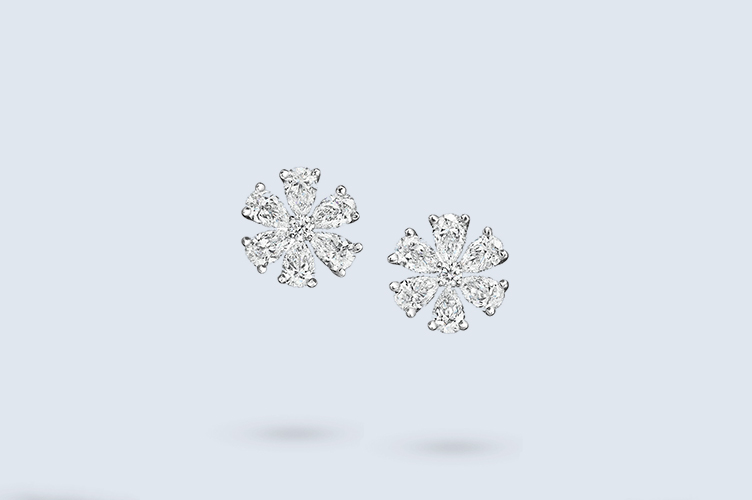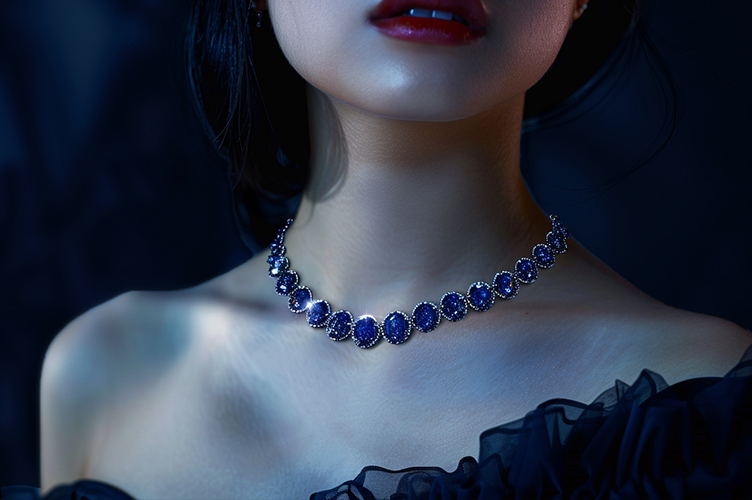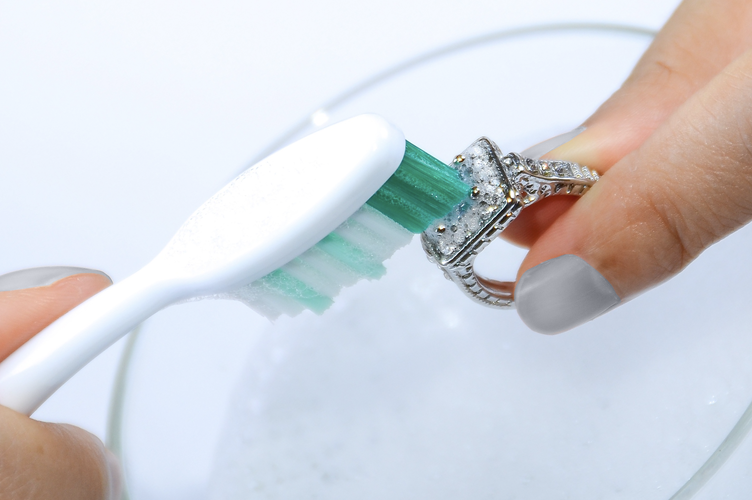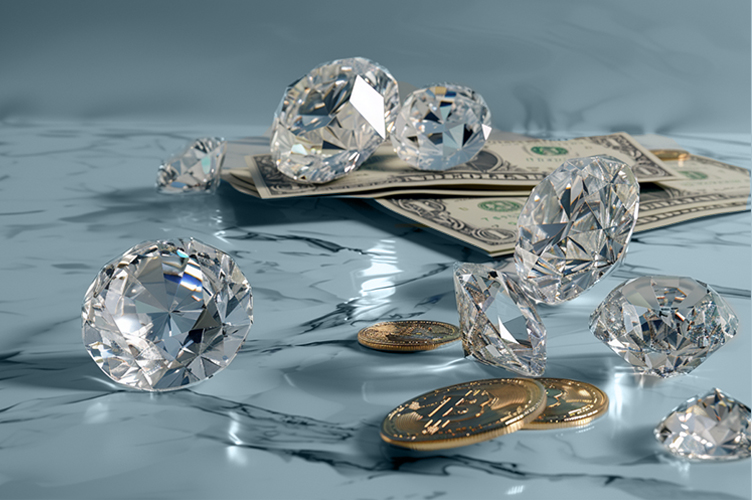How to Organize Jewelry
Jewelry, whether fine pieces or costume accents, is integral to our style. It adds flair to an outfit, reflects our personality, or holds sentimental value. But how can we keep our beloved pieces organized?
Understanding how to organize jewelry can keep your collection accessible, tidy, and well-maintained. There are numerous solutions for organizing your jewelry collection, from a hanging jewelry organizer to a DIY jewelry organizer.
What You Will Learn
Jewelry Collection Storage: The Basics and What You Should Know
Before you can organize your jewelry, you need to sort through your pieces and categorize them according to type, material, and occasion. By separating your jewelry into categories, you ensure that each piece has its own designated place. This makes it easier to locate a specific item when needed and ensures that your jewelry retains its quality by preventing unnecessary wear and tear caused by clutter or mishandling.
Start by grouping your necklaces, bracelets, earrings, rings, and watches into separate piles. Then, go through each pile and group the gold pieces, silver jewelry, and gemstone jewelry into different piles. Finally, split each material type into everyday jewelry, costume jewelry, and fine jewelry.
After sorting through your collection, you should have several piles of jewelry categories, such as fine gold necklaces, everyday chunky bracelets, and costume rings. You can even further separate the categories, such as dividing your everyday gold earrings into stud and chandelier earrings.
Once you have all your jewelry categories finalized, examine each piece for damage, tarnish, or grime. Then, clean and repair your jewelry before you store them away.
Sort through your pieces and categorize them according to type, material, and occasion.
What are the Best Jewelry Organization Ideas?
There are numerous jewelry storage solutions, depending on the size of your collection, the type of jewelry, and the amount of space you have available. Some of the safest and most popular ways to organize jewelry include:
- Jewelry Drawer
Jewelry drawers and boxes are classic ways to keep your jewelry safe and easily accessible. Drawer organizers with individual compartments or jewelry trays can transform a cluttered drawer into a well-organized space. You can dedicate separate compartments or trays for each type of jewelry - Jewelry Box
Jewelry boxes are fantastic for storing smaller pieces like stud earrings and rings. Choose a jewelry box with multiple compartments or layers. This prevents the pieces from getting mixed up, and you won’t have to worry about losing or misplacing them. Consider a small tray or dish for pieces you wear frequently. This dish can store the items you regularly wear on your nightstand or dresser, ensuring they are easily accessible.Suggested Read: How to Make a Jewelry Box: A Step-by-Step Guide - Hanging Jewelry Organizers
Hanging organizers are an innovative solution, especially for those with limited space. They can be hung on walls, inside cabinets, or on the back of doors. These organizers come with pockets and hooks, perfect for storing jewelry. They keep your long necklaces tangle-free and your earrings and rings within easy reach. - Jewelry Displays and Stands
If you love to show off your collection, a jewelry stand or display can be a chic and practical way to store jewelry. Busts for necklaces, T-bars for bracelets, and hand-shaped stands for rings keep your jewelry organized and add a decorative touch to your room. - Decorative Hooks
Install decorative hooks on a wall for a quick and easy solution. They are ideal for hanging long necklaces and bracelets. These hooks add functionality to your walls while adding an element of decor. - Jewelry Armoire
A jewelry armoire can be the perfect storage solution for those with a larger jewelry collection. This piece of furniture, dedicated solely to storing and organizing jewelry, can be a beautiful and functional addition to your home.Jewelry armoires are designed with numerous compartments, drawers, and hidden spaces, offering ample storage for every type of jewelry. You can store necklaces on the side doors, rings and stud earrings in the smaller compartments, and bracelets in the larger drawers. Some armoires also come with a built-in mirror, which can be handy when you are accessorizing your outfits.The armoire helps you organize jewelry effectively and protects your valuable pieces. Many armoires are lined with soft fabric to prevent your jewelry from scratches and other damage.When choosing a jewelry armoire, look for one that suits your style and matches your home decor. Whether you prefer a classic wooden design, a sleek modern look, or a vintage touch, a jewelry armoire can perfectly complement your space while keeping your collection organized and safe.
DIY Jewelry Storage Ideas: Creative Solutions
If you’re creative and prefer unique, personalized solutions, crafting a DIY jewelry organizer is the perfect project. DIY organizers can reflect your style, work with your space, and add a touch of charm to your jewelry storage.
- Corkboard Jewelry Display
One idea is to use a corkboard with decorative hooks or pins to create a hanging jewelry organizer. This idea works well for long necklaces that tend to tangle or even chunky bracelets. Just pin them on the board, and you have a practical display that doubles as decor. Ensure the pins are thick and long enough to bear the weight of your jewelry without dislodging from the corkboard. - Repurposed Containers
Another innovative idea is repurposing small, clear containers like spice jars or candle votives for storing earrings, rings, and even small bracelets. These containers can be neatly arranged on a tray or a shelf, making your jewelry collection easy to access while looking organized and stylish. - Photo Frame
A photo frame with a mesh wire can also be transformed into a beautiful earring organizer. Hang your earrings on the mesh, and you have a functional and aesthetically pleasing display for your studs and dangles. - Branches or Antlers
If you want to store your rings in a chic and unconventional way, consider using a small antler or branch painted in a color of your choice. You can just slide your rings onto it and have them on display.
How to Safely Store Fine Jewelry
Fine jewelry, often made of precious metals and stones, requires special care when it comes to storage. Improper storage can lead to scratches, tarnish, and other forms of damage. Here are some tips on how to store your fine jewelry safely.
- Jewelry Box with Soft Lining
The ideal place to store fine jewelry is in a jewelry box with a soft fabric lining. This lining prevents scratches and other physical damage. Each piece should ideally have its own compartment to prevent them from rubbing together. - Anti-Tarnish Bags or Cloths
Silver jewelry tends to tarnish over time. Store your silver pieces in anti-tarnish bags or wrap them in anti-tarnish cloths to slow down this process. - Separate Compartments
Fine jewelry often includes various pieces, like gold necklaces, silver bracelets, and gemstone rings. They should be stored separately. Mixing them can lead to scratches or other types of damage. - Secure Storage
Consider a lockable jewelry box or a safe for high-value items. These offer additional security and peace of mind. Fine jewelry is not just valuable in terms of cost but often holds sentimental value too.
Regardless of how well you store your jewelry collection, small, delicate pieces are prone to getting lost or damaged and are vulnerable to theft.
Protect Your Jewelry Collection with Dedicated Insurance
Regardless of how well you store your jewelry collection, small, delicate pieces can get lost or damaged and are vulnerable to theft. Dedicated jewelry insurance is the best way to protect your collection.
BriteCo offers customized insurance policies tailored to your jewelry. BriteCo’s jewelry insurance policies cover theft, loss, damage, and mysterious disappearance. If your valuable necklace is stolen, your engagement ring gets accidentally damaged, or you can’t find your expensive watch, your BriteCo policy can cover the replacement cost.
After a professional appraisal of your jewelry, BriteCo uses the appraisal details to create a personalized insurance policy. This ensures that your coverage aligns with your jewelry’s current retail replacement value, providing accurate and fair coverage. We also provide an automatic annual reappraisal of your jewelry to ensure that your insurance coverage matches the current market value of your items.
Once your appraisal is complete, BriteCo allows you to apply for insurance coverage instantly, removing the traditional wait times associated with insurance applications. If approved, your coverage begins immediately.
BriteCo makes the claims process as hassle-free as possible. You can file a claim online if your jewelry is lost, stolen, or damaged. We also offer a replacement guarantee, meaning we will replace your jewelry with a similar piece from your original jeweler whenever possible.
Master the Art of Organizing Jewelry
Learning how to organize jewelry is about decluttering and preserving your precious pieces’ beauty and longevity. Whether it’s silver jewelry, statement necklaces, iced-out bracelets, or hoop earrings, each piece deserves a dedicated space.
But in addition to storing your jewelry, you need an additional safety net for extra protection. Insuring your jewelry with a comprehensive policy from BriteCo ensures that your collection is protected against loss, theft, or damage.
FAQs
How do I prevent my jewelry from tarnishing?
Tarnishing occurs due to a reaction between the metal and the air. Storing your jewelry in airtight containers or anti-tarnish bags can help prevent this. Also, consider storing silver jewelry with silica gel packets that absorb moisture.
Can I store all my jewelry together?
While storing all your jewelry together is possible, it’s not recommended. Different types of jewelry require different storage conditions, and some materials can scratch or damage others. For example, diamonds can chip softer gemstones, and high-purity gold is exceptionally soft and can be scratched easily. This means you should keep gemstones in a separate section from gold jewelry, store silver jewelry away from other metals to prevent corrosion, and keep diamonds in felt-lined bags or boxes to avoid scratching other pieces.
How do I store jewelry while traveling?
When traveling, consider using a travel jewelry organizer. These compact and lightweight organizers often come as travel rolls or binders with separate compartments for different types of jewelry. They are also lined and padded to protect your jewelry from damage during transit.
Should I clean my jewelry before storing it?
Yes, cleaning your jewelry before storage is a good practice. Oil, dirt, and sweat can build up on your jewelry over time and cause damage or discoloration. Use cleaning methods suitable for your specific jewelry types.
How should I store precious or antique jewelry pieces?
Precious or antique pieces should be stored individually in soft cloth bags or within velvet-lined compartments of a jewelry box to prevent scratching. Consider storing extremely valuable pieces in a safe or safety deposit box for added security.
Also Check:
How to Clean Silver Jewelry | BriteCo Jewelry Insurance
What to Do with Old Jewelry: 4 Creative DIY Ideas
How long does permanent jewelry last?
What is Permanent Jewelry?
It’s easy for jewelers to provide helpful jewelry care tips to customers


